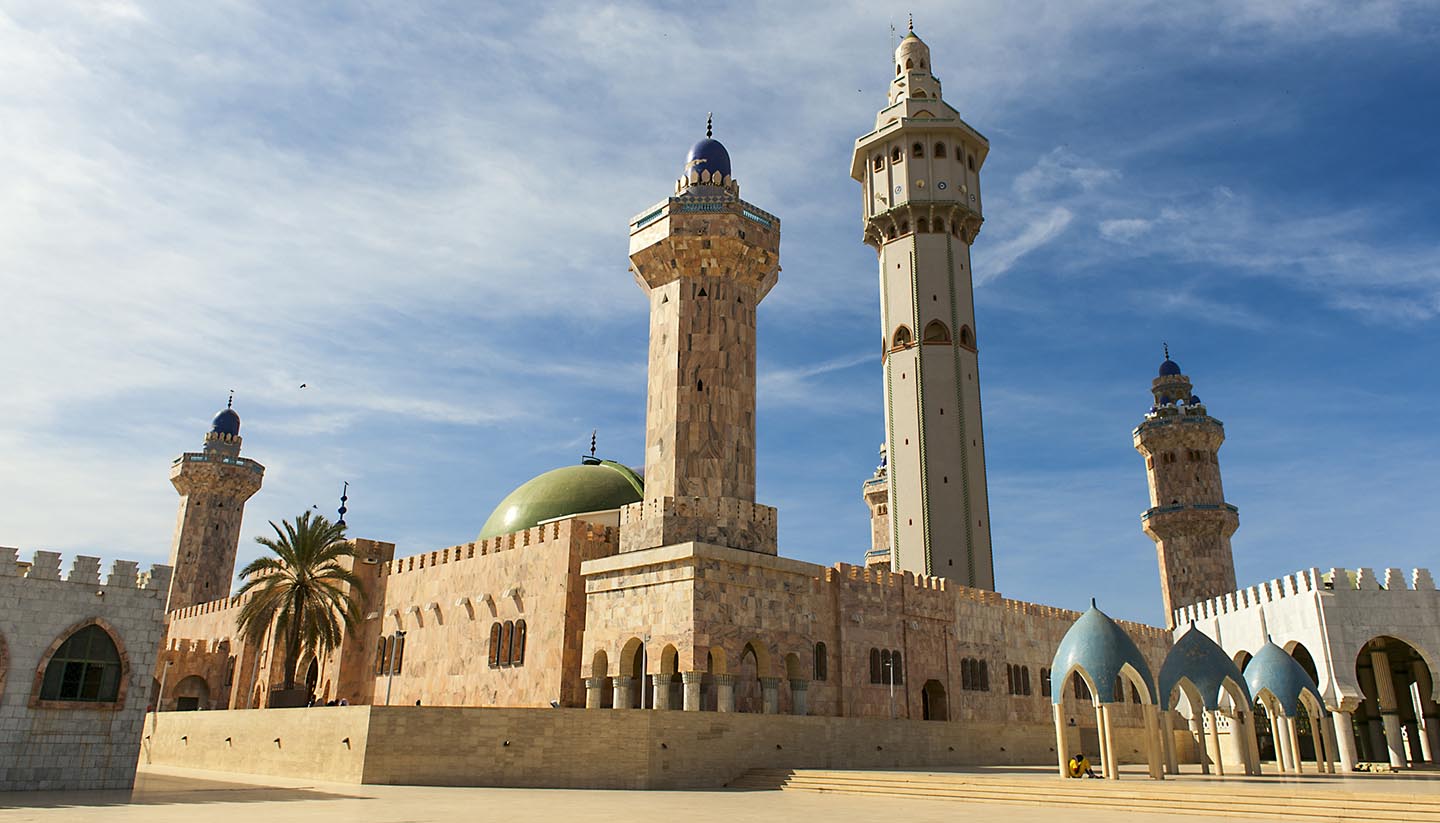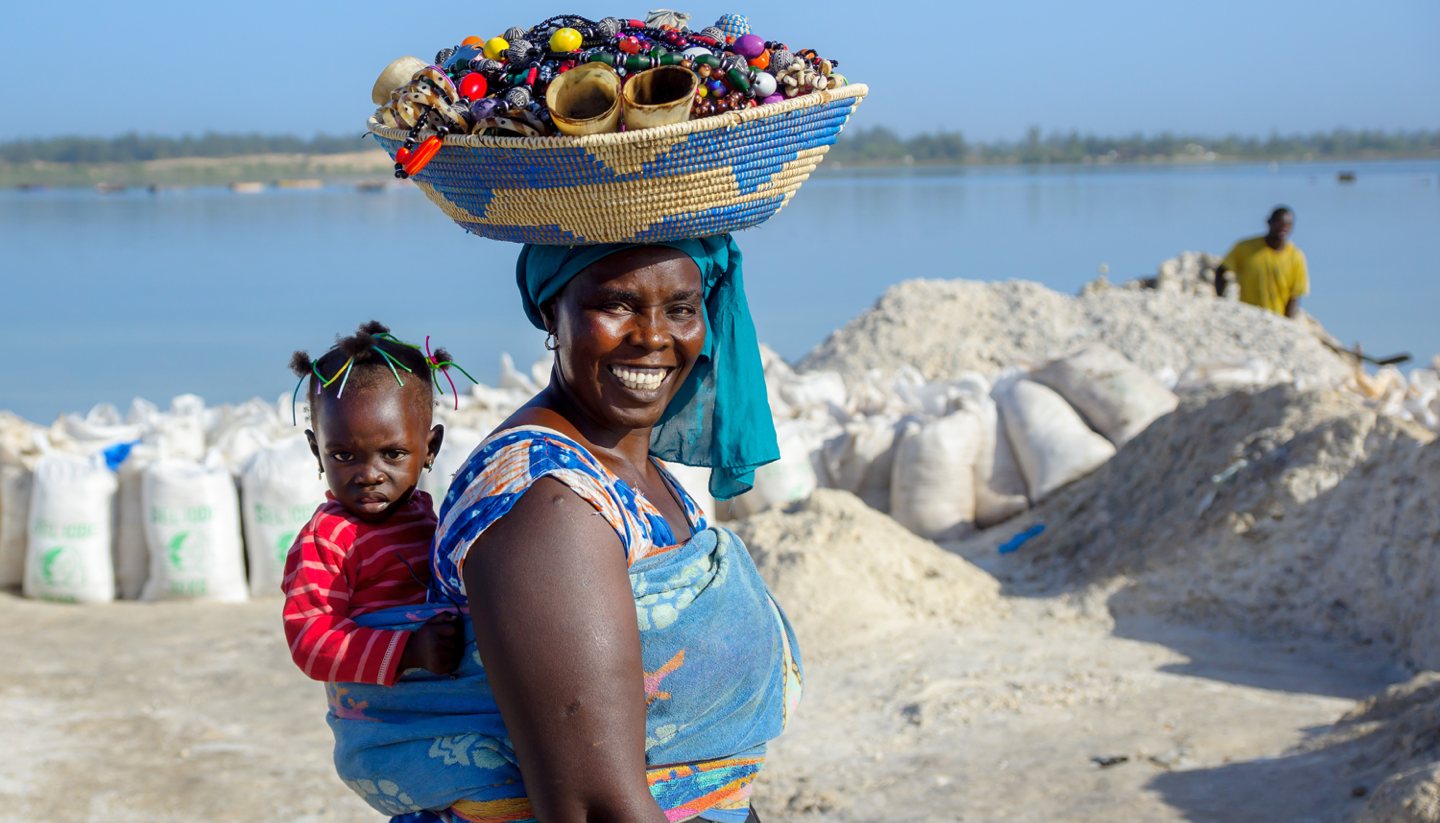Senegal Weather, climate and geography
Weather and climate
Best time to visit
Situated just above the equator, Senegal benefits from a warm and tropical climate, which sees temperatures hovering from warm to extremely hot throughout the year. There are two main seasons – dry and rainy.
The dry season runs from October to June in the north and from November to May in the south. This is also known as the Harmattan season, characterised by the dry and dusty wind blows from the Sahara Desert over West Africa. The dry season is often considered as the best time to visit, particularly from December to March as the days are warm. See the information below on Petite Côte and Cap Skirring if you are going on a beach holiday.
The rainy season runs from July to September in the north and from June to October in the south. This period is also known as hivernage or wintering – despite the name, temperatures only drop a few degrees and the weather is still hot and humid. As the African monsoon arrives from the south, expect abundant rainfall in the south, particularly around the Casamance region. Beware that during the rainy season, it can be challenging to travel by car, especially in the south.
The best time to visit Dakar
Located on the tip of the Cape Verde peninsula, Dakar enjoys a mild weather with little fluctuation in temperatures, with an average high of 25°C (77°F) to 31°C (88°F) year-round. The city receives good rainfall from June to October, with August being the wettest month. The best time to visit Dakar is from November to May.
The best time to visit Petite Côte
A popular tourist area, Petite Côte (Little Coast) runs from Dakar to la Pointe de Sangomar. The beaches here are sheltered from currents and has a calm sea. Weather wise, the period from June to October is wetter than other months. If you want to avoid the rain, the best time to visit is from December to May. February is the coolest month with an average high of 24°C (75°F) and an average low of 19°C (66°F).
The best time to visit Cap Skirring
Cap Skirring is another popular resort area. Located in the south, it gets a fair bit of rain from June to October with August being the wettest month, but it gets very little rain from November to May. As it is closer to the equator than the Dakar and Petite Côte, the sea temperatures here are warmer, averaging 22°F (72°F) even during the cooler months (from January to April). Accordingly, the best time to visit Cap Skirring is from December to May.
Required clothing
Senegal's tropical and humid climate means casual lightweight cotton clothing is recommended year-round. Long pants or long skirts, along with long-sleeved tops, are ideal. Islam is the predominant religion but the society is tolerant. Senegalese women do not wear a full-face veil so female travellers don't have to cover up but do dress modestly. Casual wear is widely acceptable but swimwear should be reserved for the beach.
Mosquitoes are another thing to consider when packing. The likelihood of bites is high, so apart from long sleeves, pack some high-strength mosquito repellent.
If you'll be in the Casamance region during the wet season waterproofs are essential. Sturdy shoes are necessary for any trekking and hiking activities, otherwise, normal shoes and sandals will do.
Geography
Located just above the equator, Senegal is bordered by the Republic of Guinea and Guinea-Bissau to the south, Mali to the east, Mauritania to the north, and completely encloses the confederated state of The Gambia. To the west lies the Atlantic Ocean. Most land is less than 100m (330ft) above sea level, with plains constituting the majority of the country's geography, apart from the Fouta Djallon foothills in the southeast and the Bambouk Mountains on the Mali border.
On the coast between Dakar and St Louis is a strip of shifting dunes. South of Dakar there are shallow estuaries along the coastline, which is fringed by palm trees. In the northern part of the country, south of the Senegal Basin, lies the arid Fouta Ferlo, a hot dry Sahelian plain with little vegetation.
Senegal also hosts many environmental features, such as the five rivers that run through the country, which are the Senegal River, Saloum River, Gambia River, Geba River and Casamance River. Furthermore, there are two major lakes in the country, being Lake Retba and Lac de Guiers.



